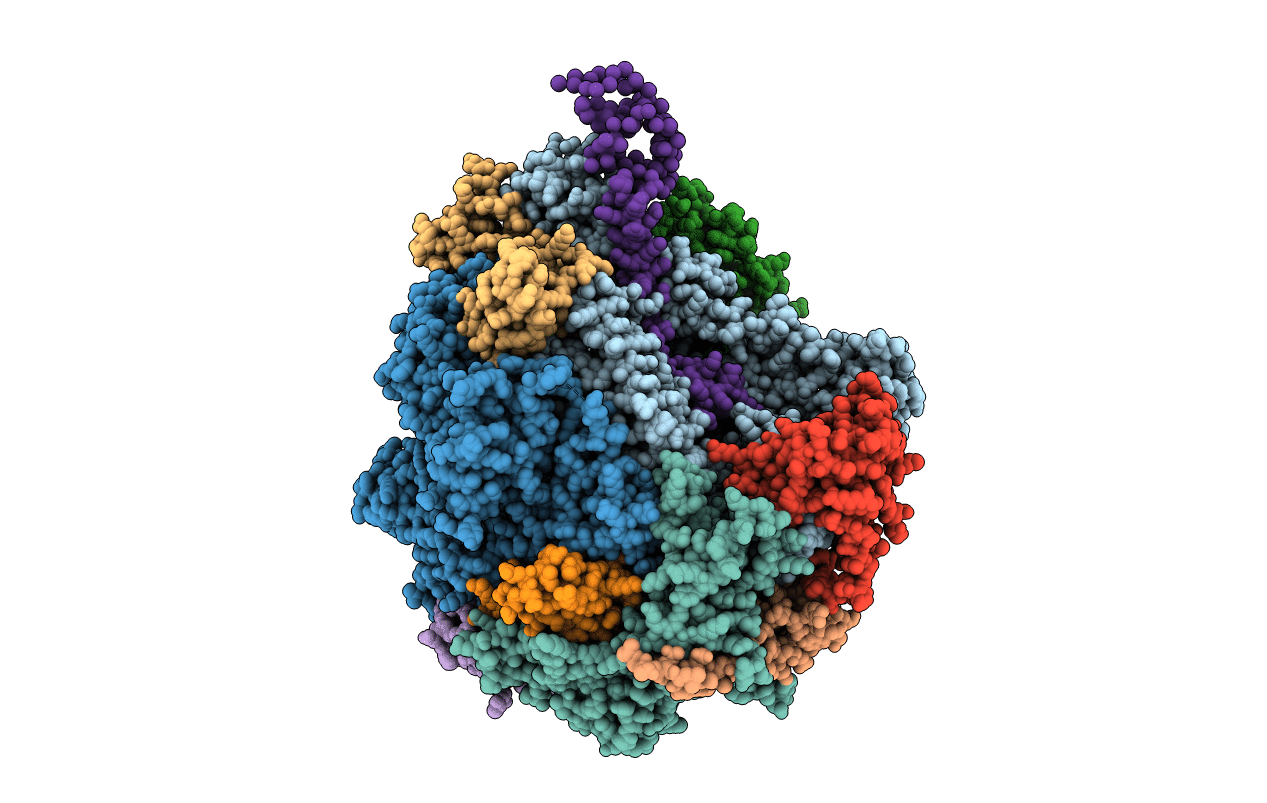
Deposition Date
2004-11-19
Release Date
2004-12-28
Last Version Date
2024-03-13
Entry Detail
Biological Source:
Source Organism:
Saccharomyces cerevisiae (Taxon ID: 4932)
Host Organism:
Method Details:
Experimental Method:
Resolution:
3.80 Å
R-Value Free:
0.29
R-Value Work:
0.28
Space Group:
C 2 2 21


